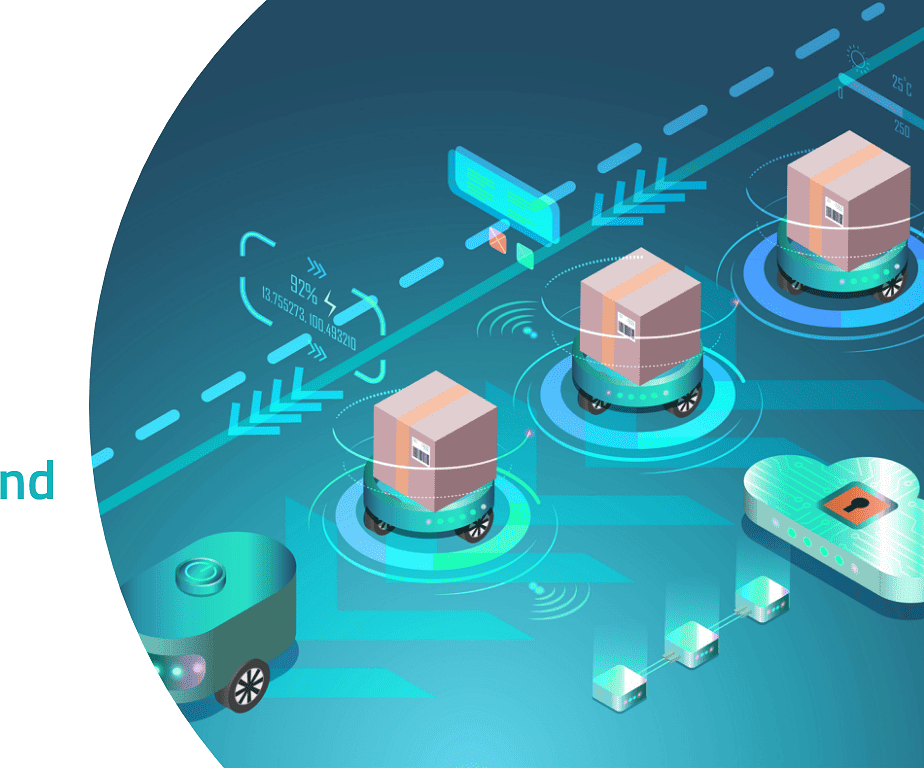Embracing Sustainability in Logistics Best Practices and Innovations

In recent years a rising number of multinational corporations have pledged to work only with suppliers that adhere to social and environmental standards. Typically, these MNCs expect their first-tier suppliers to comply with those standards, and they ask that those suppliers in turn ask for compliance from their suppliers—who ideally ask the same from their suppliers. And so on. The aim is to create a cascade of sustainable practices that flows smoothly throughout the supply chain, or, as we prefer to call it, the supply network.
There has been a significant improvement in companies’ initiatives around sustainable practices and the government’s push toward the concept in the past few years. Business decision-makers have realised the importance of sustainability in their operations to reduce the enterprises’ carbon footprints. Recently, around 20 per cent of India Inc. included a sustainability report as part of their annual reporting processes, which is a step in the right direction. Companies have consciously included renewable energy in operations and logistics, and the central government is also committed to shifting logistics and supply chains to 100 per cent green and renewable energy resources. There are different reasons why the public and private sectors have emphasised embracing sustainable logistics in the business environment.
At a time when small as well as large companies are finding ways to reduce their overall emissions by shifting to alternative fuels, it is critical to acknowledge that transportation is one of the significant contributors to the total pollution in the country. As per a report, it contributes to more than 11 per cent of total air pollution in the nation. Another study has evaluated that the contribution could be much more than this number.
Hence, irrespective of the nature and size of a business, it is critical to notice that contribution to pollution levels and carbon emissions can be controlled only with sustainable practices. A proactive approach from large enterprises having their supply chain management system shall be a welcome step in addressing this issue.
Embracing sustainability in logistics is essential to reduce the environmental impact of transportation and distribution activities. Here are some best practices and innovations to help logistics companies become more sustainable:
Use alternative fuels and electric vehicles: Alternative fuels and electric vehicles are becoming increasingly popular as people look for ways to reduce their carbon footprint and decrease their dependence on fossil fuels. Switching to alternative fuels like biodiesel, natural gas, and hydrogen can reduce emissions. Electric vehicles are also becoming increasingly popular due to their low emissions.
1. Optimise routes and loads:
Optimising routes and loads is an important strategy for reducing fuel consumption and increasing efficiency in transportation.Using technology to optimise routes and loads can reduce fuel consumption and emissions. By optimising delivery routes, companies can also reduce the number of miles driven, thereby decreasing carbon emissions.
2. Use sustainable packaging:
Sustainable packaging is becoming increasingly important as people look for ways to reduce waste and minimise their environmental impact. Use packaging made from renewable materials that can be recycled or reused to reduce waste. Sustainable packaging can also reduce the carbon footprint of logistics operations.
3. Implement green warehousing:
Implementing green warehousing is an important strategy for reducing the environmental impact of logistics and supply chain operations. Use renewable energy sources like solar panels and wind turbines to power warehouses. Implementing green practices like LED lighting, motion sensors, and temperature control systems can also reduce energy consumption and costs.
4. Collaborate with suppliers :
Collaborating with suppliers is an important strategy for promoting sustainability and reducing the environmental impact of supply chain operations. Work with suppliers to ensure that they use sustainable practices and materials. Companies can also use local suppliers to reduce transportation costs and emissions.
5. Implement reverse logistics :
Implementing a reverse logistics program can reduce waste by recovering and recycling materials, products, and packaging. It is an important strategy for reducing waste and promoting sustainability. This can also save money by reducing disposal costs and creating new revenue streams.
6. Use data and analytics :
Using data and analytics to monitor and optimise logistics operations can help reduce waste and emissions. Companies can use data to identify areas of improvement and measure progress towards sustainability goals. It is also used to monitor supplier performance and ensure that suppliers are meeting sustainability goals.
7. Embrace circular economy principles:
Embracing circular economy principles, such as designing products for reuse and recycling, can help reduce waste and create a more sustainable supply chain. Share sustainability goals with suppliers and work together to develop strategies for achieving these goals.
Conclusion :
Embracing sustainability in logistics requires a holistic approach that involves using alternative fuels, optimising routes and loads, using sustainable packaging, implementing green warehousing, collaborating with suppliers, implementing reverse logistics, using data and analytics, and embracing circular economy principles. By implementing these practices, logistics companies can reduce their environmental impact and create a more sustainable supply chain.
Organisations are also adapting systematic handling and also reverse logistics of the harmful chemical and hazardous waste to adopt green practices. Environmental consciousness is now at the nerve centre of most organisations and operations. It is embedded as a key commitment. At LogixPlatform , we’re committed to our customers’ sustainability success and excited to build the next stage of cloud partner ecosystems. We’ve brought traceability for improved access to product and supplier origin and component efficacy.

